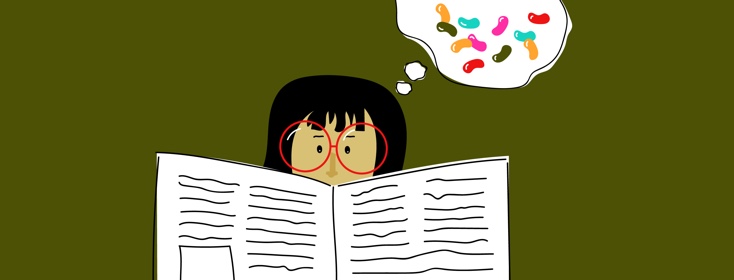Techniques to Help Ease the Worry of Waiting
Whether you’re new to blood cancer land or you’ve been around for a while, chances are you’re going to be in some situation where you expect the worst. That is, unless you’re a glass-half-full person who totally goes with the flow. I have a friend like that, and when I’m around her, I ask if I can touch her shoulder so it can wear off on me. It hasn’t worn off yet, so here are some ways that I have coped since AML blindsided me in 2003.
The worst times occurred after transplant in the clinic when I waited for my blood test results. Specifically, waiting for your counts, shorthand for blood counts.
Waiting for lab results
You go for your lab work and then take a seat. When I started going to the Dana-Farber Cancer Institute in Boston, they occupied a smaller building than they do now. (The Yawkey Center for Cancer Care opened on Jan. 30, 2011.)
The old outpatient waiting room was overcrowded. You sometimes had to carry a pager into overflow seating. Now the waiting rooms are spacious and more comfortable.
But being squeezed in had advantages. There was more of a support group atmosphere. You could hear what other people were worrying about and offer support. Or just pick up a bit of wisdom from what someone else said, or say something comforting or in solidarity when you sensed a patient needed it or feel better when they have offered it to you.
Long waits, frayed nerves
I remember hearing two women talking in the row across from me. The patient was anxious. It was taking a long time to be called into the exam room. She thought her counts were bad and they were trying to figure out what to do about her. The other said the doctor was probably taking longer than usual to eat lunch.
In other words, we patients think it’s all about us when it likely has nothing to do with us. I have gotten waiting-room-palpitations when I imagine that the long wait signals bad news, when in reality it probably has nothing to do with me.
Learning how to cope
The counterbalance is to inject a dose of reality into your thinking. Such as, they are most likely backed up or taking a break or tending to some other business. When I do this, I feel like I am doing cognitive behavioral therapy, or CBT, on myself. The Mayo Clinic explains it this way: “CBT helps you become aware of inaccurate or negative thinking so you can view challenging situations more clearly and respond to them in a more effective way.”1
I also bring a ton of reading material. Before one appointment when I was particularly nervous, I immersed myself in a New York Times story about the popularity of gourmet jelly beans. I usually bring a newspaper, a book, and some New Yorker magazines. Even if I don’t have the concentration to read an article, I can still chuckle at the cartoons.
These strategies are easier said than done and don’t always work, but I figure they’re at least worth a try.

Join the conversation